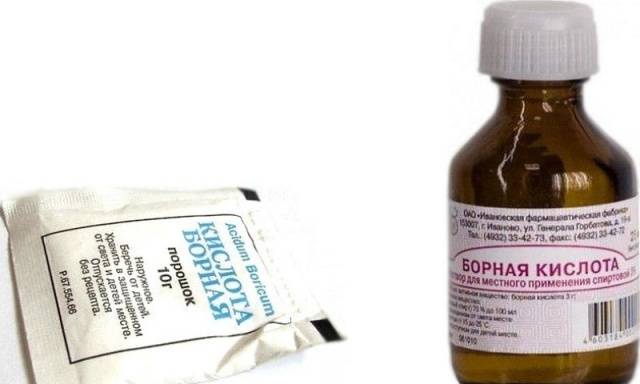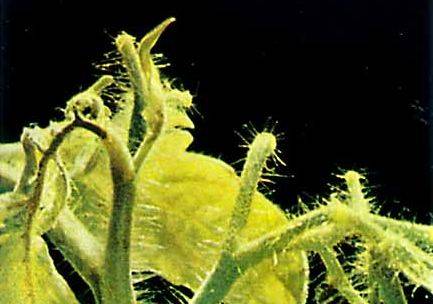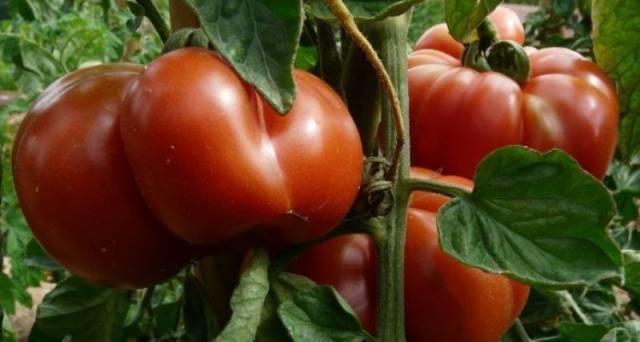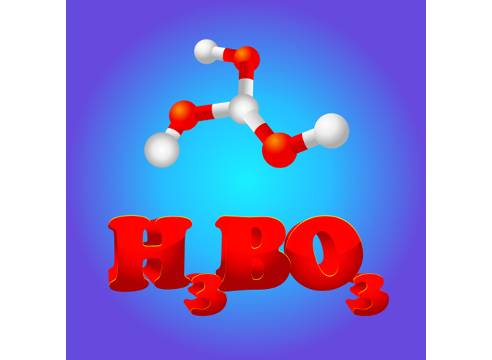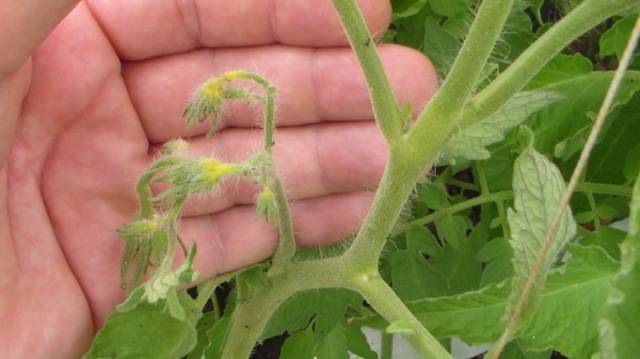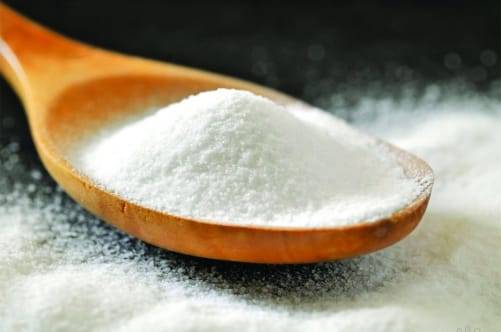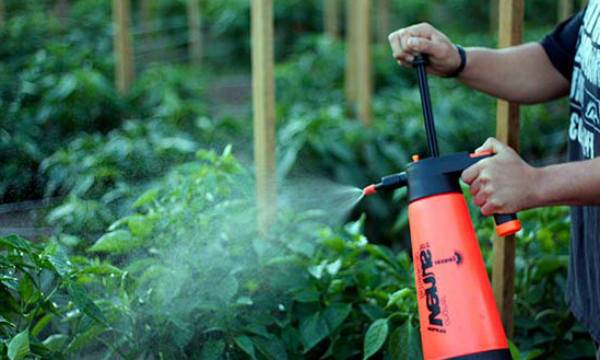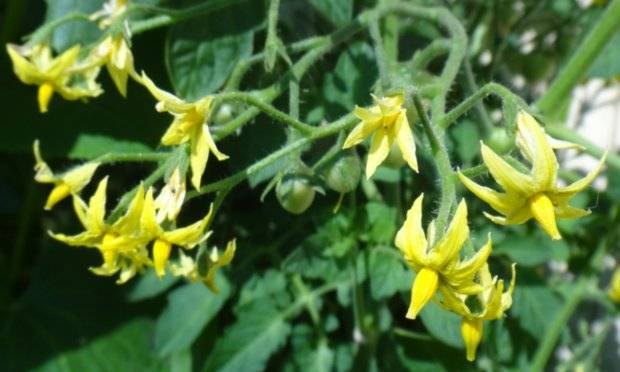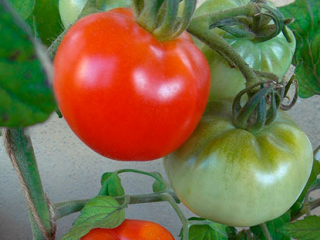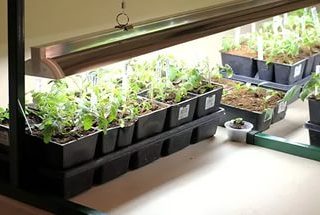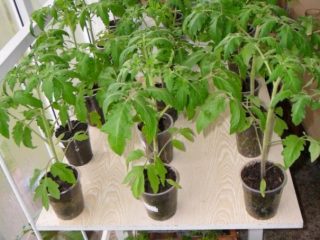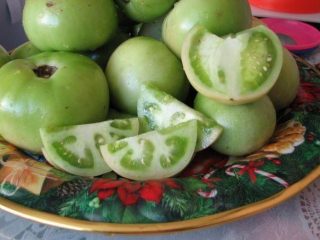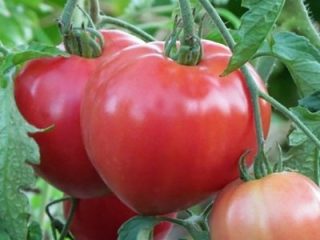Content
When growing tomatoes, it is difficult to do without using various types of fertilizers, because this crop is quite demanding on the presence of nutrients in the soil. In recent years, gardeners have often begun to recall recipes that have come down from “grandmother’s” times, when the modern variety of fertilizers did not yet exist and they used reliable compounds that have stood the test of time. One of these substances is boric acid, which is used not only in medicine, but also in gardening, and its scope of application is quite wide.
At least, fertilizing tomatoes with boric acid was actively used in the last century and gave excellent results, especially in the southern regions, where temperatures are high during flowering tomatoes are far from uncommon. This substance was also widely used against insects and various fungal diseases.
Boron and its role in plant life
The importance of such a microelement as boron in the life of plants cannot be overestimated. After all, he is a direct participant in the process of cell formation and nucleic acid synthesis.In addition, boron accelerates some vital processes occurring in plant organs.
Signs of boron deficiency
A lack of boron usually leads to the accumulation of toxic substances in tomato plant tissues, which cause plant poisoning. The following symptoms may appear:
- If the boron deficiency is still insignificant, then on tomato bushes everything will begin with the falling of buds and ovaries, and poor formation of fruits.
- At the next stage, the apical young shoots may bend and the color of the leaves at the base of these shoots may change. And the top itself may still remain green for some time.
- Next, everyone is young leaves begin to curl from the top to the base, and their color becomes whitish or light green.
- At the last stage, the veins of the affected leaves darken, the growing points die off, and the leaves and stems become very fragile at the bend. If the tomatoes already have fruits, then dark spots appear on them.
In addition, a lack of boron content in tomatoes can lead to oppression and rotting of roots, and general retardation in growth and development. Boron deficiency also provokes the development of certain diseases - gray and brown rot, bacteriosis.
And in the absence of obvious signs of deficiency of this element, many gardeners attribute the lack of tomato harvest to unfavorable weather conditions. While it would be enough to carry out several preventive fertilizing with boron, and everything would be in order.
It is also important to keep in mind the signs of excess boron on tomatoes in order to be able to stop in time in attempts to correct the situation with fertilizing. If the boron in tomatoes is more than needed for normal plant life, then the signs, on the contrary, appear first on the lower old leaves. In this case, small brown spots form on them, which increase in size until this leads to the complete death of the leaf. The leaves themselves, in addition, often acquire a dome-shaped shape, and their edges are folded inward.
Boric acid and its effect on tomatoes
Boric acid is the most accessible chemical boron compound found in our everyday life. It is a colorless, odorless, crystalline powder, non-toxic and cannot pose a hazard to human skin. But once inside the human body, it cannot be excreted by the kidneys and will accumulate and poison it. Therefore, care must be taken when using acid solution.
A solution of boric acid has long been used to feed tomatoes, and its effect on tomato bushes is very diverse.
- It has a positive effect on the formation of ovaries and stimulates the flowering of tomatoes, thereby increasing productivity.
- Accelerates the ripening of tomatoes, which is important for areas with unstable weather conditions.
- Improves nitrogen absorption and thereby accelerates the formation of new stems and leaf development.
- Stimulates the development of the root system, therefore increasing the ability to absorb various useful elements.
- Increases the resistance of tomatoes to various unfavorable conditions.
- Improves the quality of the tomatoes themselves: their sugar content increases, a bright taste is acquired, and the keeping quality of the fruit increases.
It is also necessary to note the fungicidal properties of boric acid. Treatment with it helps tomatoes to save themselves from the development of late blight, which is the most insidious and widespread disease of nightshade crops, especially in open ground.
Methods of using boric acid
A solution of boric acid can be used to feed tomatoes at various stages of development, starting from the seed treatment stage.
Preparation of the solution
The scheme for preparing a solution of boric acid for different methods of use is the same - only the proportions that are used in different cases differ.
The fact is that crystals of this acid dissolve best in water at a temperature of approximately +55°C-+60°C. Boiling water and cold water will not work. Therefore, you must first carefully dissolve the required amount of the substance in a small container of hot water, and then bring the solution to the recommended volume.It is also possible to immediately dissolve boric acid in a large volume of hot water and then cool to room temperature, but this is less convenient.
Boric acid for seed and soil treatment
To speed up the germination process and more amicable emergence of tomato seedlings, soak the seeds before planting seedlings in an acid solution of the following concentration: measure 0.2 g of powder per 1 liter of water. Tomato seeds are soaked in the resulting solution for about one day. After soaking, they can be immediately sown in the ground.
A solution of the same concentration (that is, 2 grams per 10 liters of water) can be poured into the soil before sowing seeds or planting seedlings. It is advisable to do this if there is a suspicion that your soils lack boron. Typically, most soddy-podzolic soils, swampy or carbonate soils are like this. For 10 sq. meters of bed, 10 liters of solution are used.
Foliar feeding
Most often, foliar treatment of tomatoes with boric acid is used for feeding. This means that the entire tomato bush is sprayed with the resulting solution from top to roots. To prepare such a solution, use 1 gram of powder per 1 liter of water. Since acid is often sold in 10 gram bags, you can immediately dilute the bag in 10 liters of water. This can be convenient if you have a large number of tomato bushes.
For preventive purposes, it is advisable to carry out foliar feeding of tomatoes boron three times per season:
- In the budding phase;
- During the period of full flowering;
- During fruit ripening.
Foliar feeding of tomatoes in a greenhouse with boric acid is especially important.
Spraying with boron helps tomatoes overcome unfavorable environmental conditions and improve the process of self-pollination. Therefore, the moment of mass flowering for tomatoes is the most traditional for active foliar feeding boron
The concentration of the solution is 2 grams per 10 liters.
Finally, foliar feeding with boron is also used to prevent late blight and other fungal diseases. The concentration of the solution in this case is the same as for conventional feeding (10 g per 10 liters). But for maximum effect, it is better to add 25-30 drops of iodine to the solution.
Conclusion
For growing tomatoes, boric acid is one of the most necessary types of fertilizers, since it simultaneously serves as a stimulator of flowering and growth and protection against diseases.
